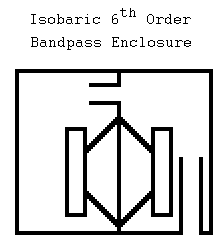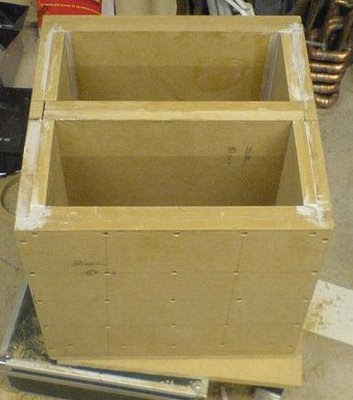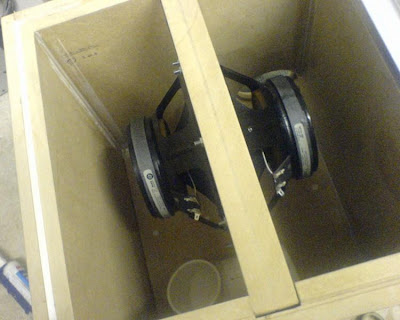
Like the previous OddWatt tube amp projects, the topology of the driver stage is an SRPP this time using 12SL7 tubes. This feeds a self-inverting push-pull (SIPP) output stage operating in Class A Ultra-Linear (UL) mode. The output tubes are Gold Lion KT88. LM317HV regulators are used to form the constant current source (CCS) on the output tubes. An underside view of the amplifier is shown below.

Like the precursors to this project, the KT88 provides very good performance. The SRPP and SIPP output stage combine to produce a very low noise floor. The design can be scaled for use with other tubes by simply adjusting B+ voltage and cathode current.
For complete information about this project, see the Odd Blocks project page - KT88 Push-Pull Mono Block Tube Amplifiers.
Related DIY Tube Amplifier Projects:
What's Playing: The Stranglers - Golden Brown















